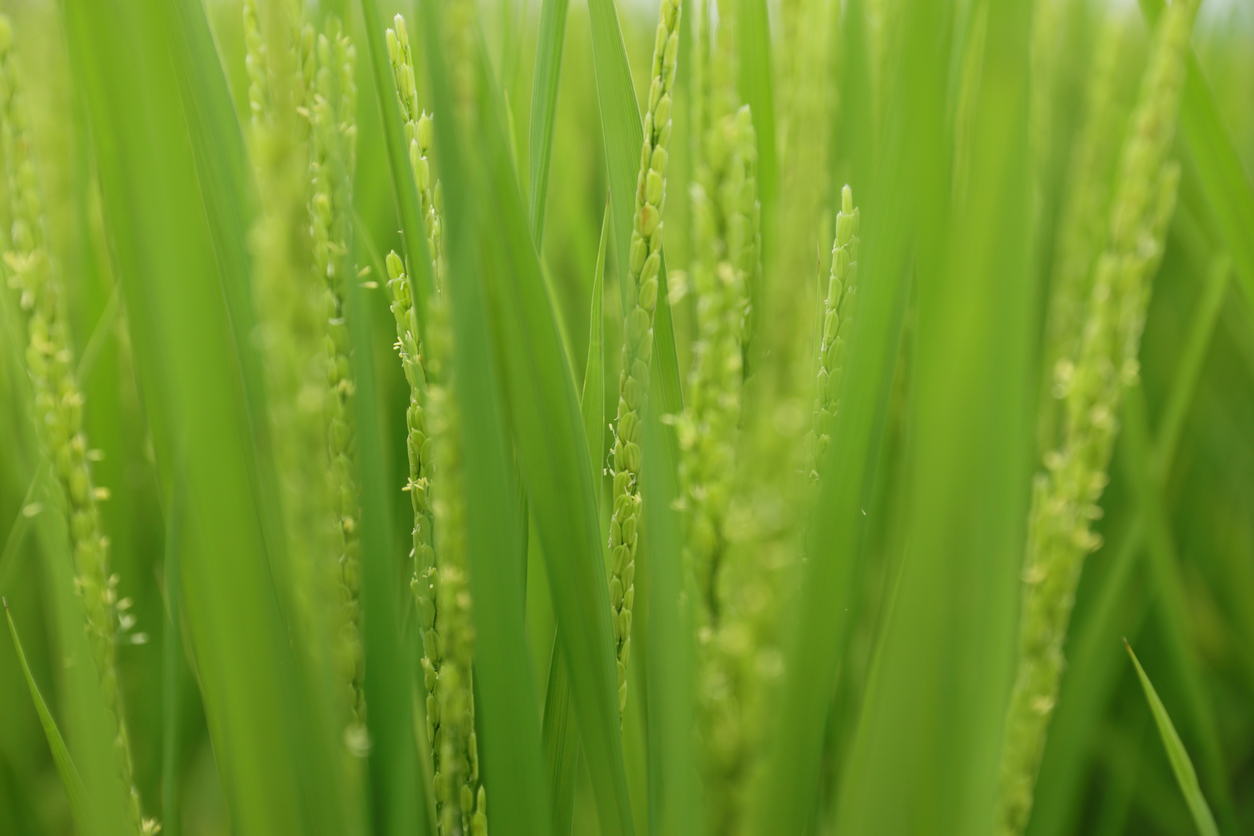
Researchers Review Genome Editing Strategies Used in Developing Rice Disease Resistance
August 12, 2020| |
Chinese Academy of Agriculture Sciences researchers and partners reviewed the current genome editing strategies used to improve rice disease resistance. The article is available in the Rice Science journal.
Rice is the staple food of two-thirds of the world population. Its agricultural productivity continues to be at risk due to emerging pests and phytopathogens, leading to a decrease in crop yield and quality, thus, affecting global food security. With traditional breeding methods and the advent of genome editing tools, the future of rice improvement looks promising. Thus, the researchers collected documented pieces of evidence on how genome editing had improved disease resistance.
According to the review article, CRISPR-Cas9 has been one of the most powerful genome editing tools in the development of rice varieties with improved resistance against bacterial, fungal, and viral diseases. The recent development of more Cas9 variants (Cas9-VQR, Cas9-VRER, Cpf1-RR, Cpf1-RVR, and SaCas9) together with the advent of novel base editing tools that enable precise genome modifications and the DNA-free genome editing via ribonucleoproteins demonstrate significant promise in the development of future strategies that could effectively improve the pathogen-specific immunity of rice.
Read the review article in Rice Science.
| |
You might also like:
- Bacterial Blight Resistant Rice Developed thru Genome Editing
- Scientists Discover SWEET Genes to Fight Bacterial Blight
- Engineering Broad-Spectrum Bacterial Blight Resistance in Rice Using CRISPR-Cas9
Biotech Updates is a weekly newsletter of ISAAA, a not-for-profit organization. It is distributed for free to over 22,000 subscribers worldwide to inform them about the key developments in biosciences, especially in biotechnology. Your support will help us in our mission to feed the world with knowledge. You can help by donating as little as $10.
-
See more articles:
-
News from Around the World
- FAO: Global Food Prices Rise in July
- Experts Urged to Consider Audience Values when Communicating about Gene Technologies
- Third Breakthrough Shows Photosynthetic Hacks Boost Yield and Conserve Water
- Study Finds Decline in Plant Breeding Programs in the US, Possible Impact on Food Security
- FSANZ Calls for Comments on Food Derived from GM Corn DP202216
-
Research Highlights
- Punjab-wide Survey of Bt Cotton Fields Reveal Variations in Cry Protein Accumulation
- Researchers Decode Black Mustard Seed Genome Using New Sequencing Technology
-
Plant
- Researchers Review Genome Editing Strategies Used in Developing Rice Disease Resistance
- Kansas State University and University of Saskatchewan Team Up to Improve Wheat Using CRISPR
- CRISPR Dominates Genome Editing Market, TALENs Projected to Grow until 2025
-
Health
- National Survey Says Most Americans Willing to Vaccinate Against COVID-19
- Human Immune System Responds to Plant-derived SARS-CoV-2 Antigens
-
Read the latest: - Biotech Updates (December 17, 2025)
- Gene Editing Supplement (December 17, 2025)
- Gene Drive Supplement (February 22, 2023)
-
Subscribe to BU: - Share
- Tweet

